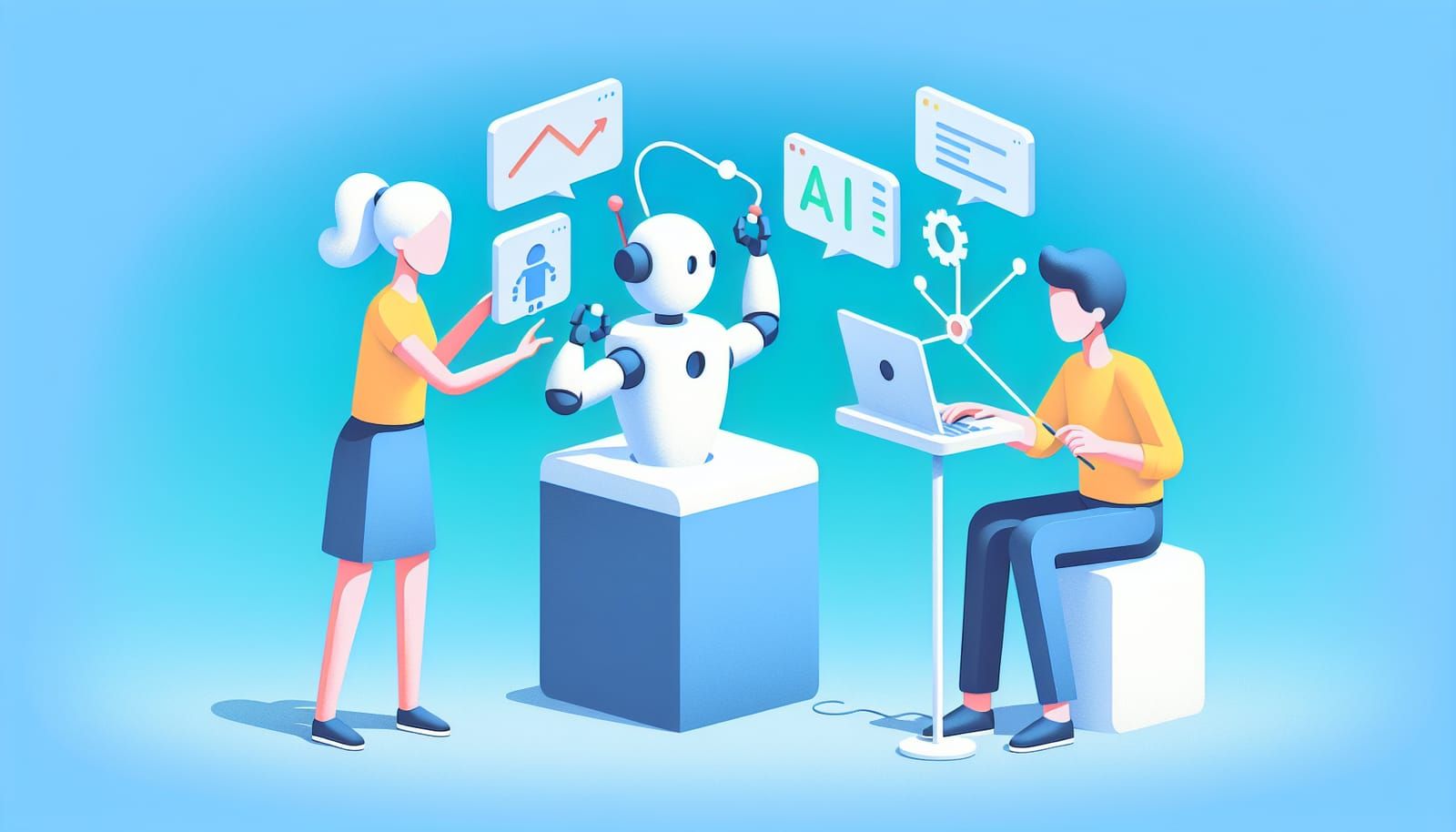Artificial Intelligence (AI) is a buzzword that many people have heard, but few truly understand. One of the most popular forms of AI today is ChatGPT, which is a conversational agent that can hold human-like conversations. But how does it actually work? In this article, we’ll break it down into easy-to-understand pieces, so everyone—from children to adults—can grasp the basics of ChatGPT and its fascinating technology.
What is ChatGPT?
Before diving into how ChatGPT works, let's clarify what it is. ChatGPT is a type of AI developed by OpenAI that can generate text based on the prompts it receives. Think of it like a super-smart parrot that can not only repeat what you say but also add its own flair and context to the conversation. It can answer questions, provide information, or simply chat with you about your day!
How Does ChatGPT Learn?
Like a child learns from reading books and talking with people, ChatGPT learns from vast amounts of text data available on the internet. This process is called "training." The AI goes through millions of sentences, learning how words fit together and how conversations flow. However, instead of memorizing specific sentences, it learns patterns and relationships between words.
You can imagine it like this: If you read a lot of stories, you start to understand how characters are developed, how plots unfold, and how different genres feel. Similarly, ChatGPT learns about language and conversation styles, which helps it respond accurately to various prompts.
The Role of Neural Networks
Now, let’s talk about something called neural networks. Think of a neural network as a big web of interconnected lights. Each light represents a piece of information, and when you ask ChatGPT a question, it lights up different paths in the web to come up with a response.
In more technical terms, neural networks are designed to mimic how our brains work. They consist of layers of “neurons” that process information. When you input a question, the neural network analyzes it, figuring out the best way to respond based on what it has learned during its training phase.
Understanding Prompts and Responses
When you ask ChatGPT something, it relies on the prompt you provide to generate a response. The prompt is your question or statement. The AI processes this prompt and tries to predict what the best answer is, based on patterns it has learned.
Let’s say you ask, “What’s your favorite color?” ChatGPT doesn’t have personal preferences, but it might say something like, “Many people love blue because it’s calming.” This answer is generated based on the vast amount of text it has read, not because it has a favorite color like you do!
The Magic of Context
One of the most fascinating aspects of ChatGPT is its ability to understand context. In a conversation, the meaning of a sentence can change depending on what was said earlier. ChatGPT tries to keep track of this context to give more relevant responses.
For instance, if you first ask, “What’s the weather like?” and then follow up with, “What should I wear?” ChatGPT understands that you’re asking about clothing based on the weather discussed earlier. This context-awareness is a big part of what makes ChatGPT feel more conversational and engaging.
Limitations of ChatGPT
While ChatGPT is impressive, it has its limitations. First, it doesn’t truly understand emotions or opinions. Its responses are generated based on patterns rather than feelings. So, while it can simulate conversation, it doesn’t actually “feel” anything.
Additionally, ChatGPT can sometimes produce incorrect or nonsensical answers. It may not always know the latest information or might misinterpret your prompt. That's why it’s important to verify any critical information it provides, especially if you're using it for research or important decisions.
Applications of ChatGPT
The possibilities of using ChatGPT are endless! Here are just a few ways people are utilizing this AI:
- Customer Support: Many companies use ChatGPT to handle customer inquiries, providing quick and efficient responses.
- Education: Students can ask ChatGPT questions about their homework or subjects they’re studying, making it a great study buddy.
- Creative Writing: Writers can use ChatGPT for inspiration, brainstorming ideas, or overcoming writer's block.
These applications showcase how ChatGPT is not just a fun tool but also a valuable resource in various fields.
The Future of ChatGPT and AI
Looking ahead, the future of ChatGPT and similar AI technologies is bright. As researchers continue to improve their algorithms and training methods, we can expect even more sophisticated and helpful AI tools. This means that ChatGPT will become better at understanding context, emotions, and even the nuances of human conversation.
Imagine a world where ChatGPT can assist doctors in diagnosing patients, help teachers personalize learning experiences, or even support scientists in their research! The potential for positive impact through AI is enormous.
In summary, ChatGPT is a remarkable example of what artificial intelligence can do. It learns from vast amounts of text, understands context, and generates human-like responses. While it has limitations, its applications are diverse and beneficial across many fields.
As we continue to explore the capabilities of AI, engaging with tools like ChatGPT can inspire creativity, enhance learning, and even simplify our daily lives. So, whether you’re looking for answers, inspiration, or simply a friendly chat, ChatGPT is here to help—one conversation at a time!
So next time you’re curious about something, don’t hesitate to ask ChatGPT. Who knows? You might just spark a fascinating conversation!


